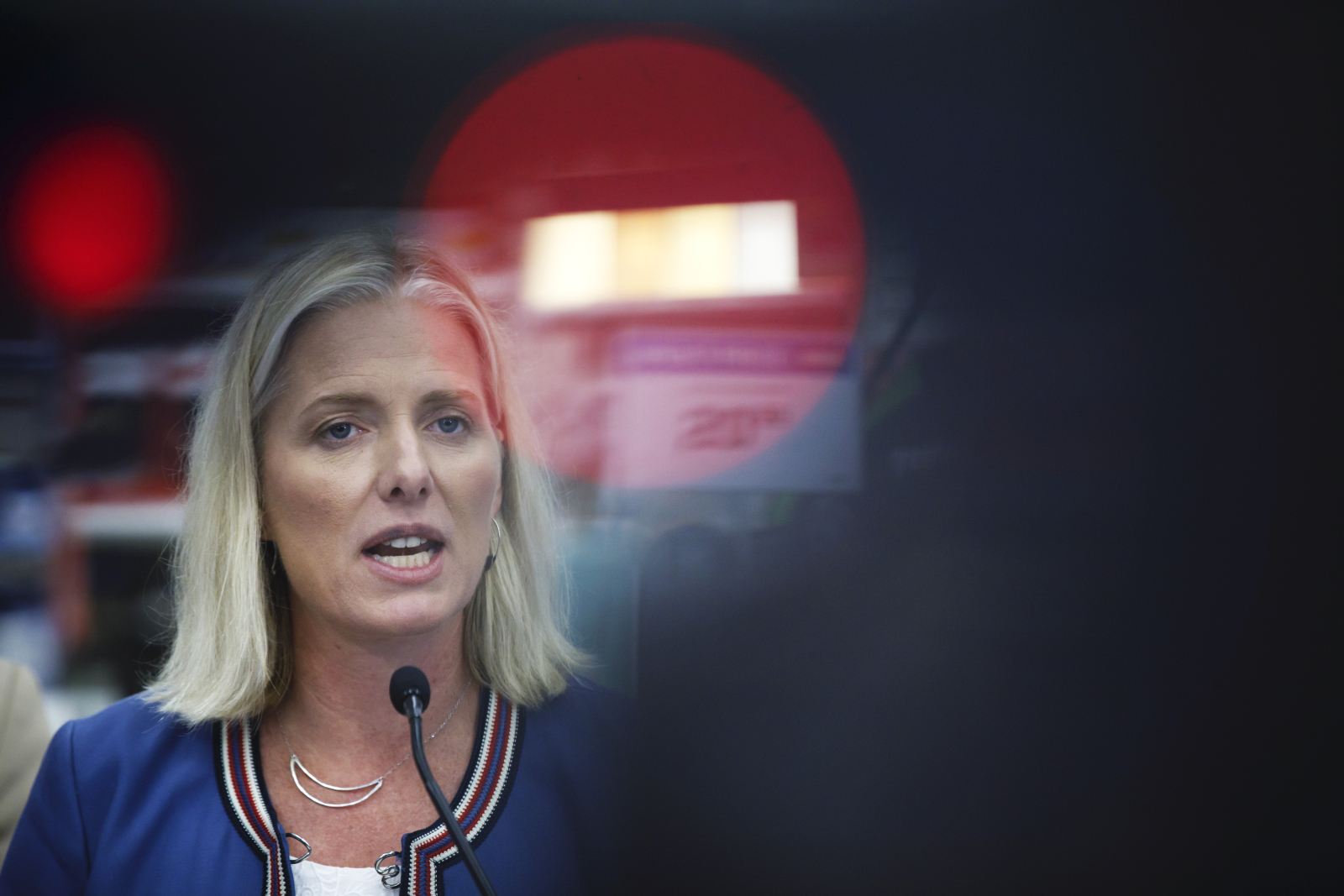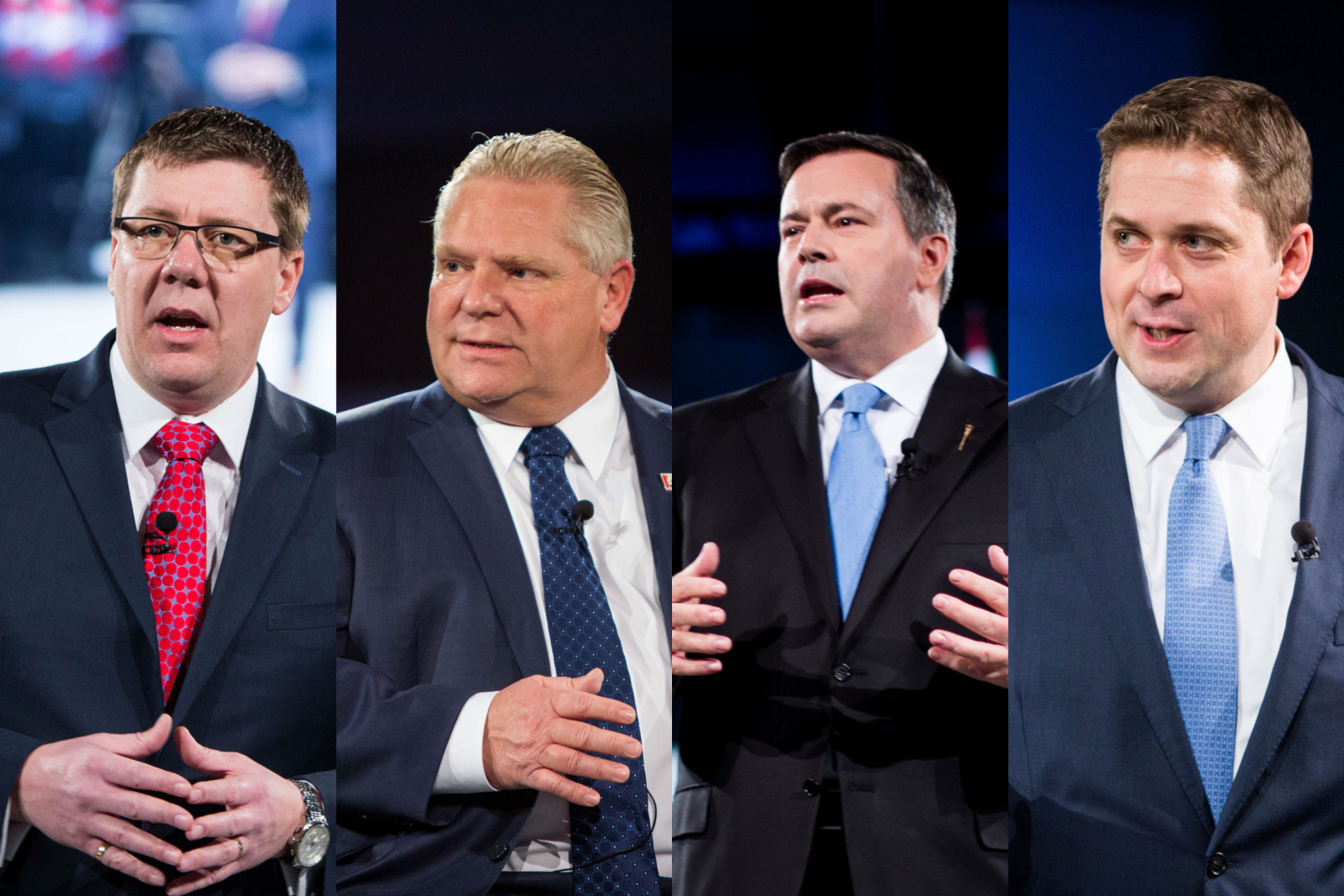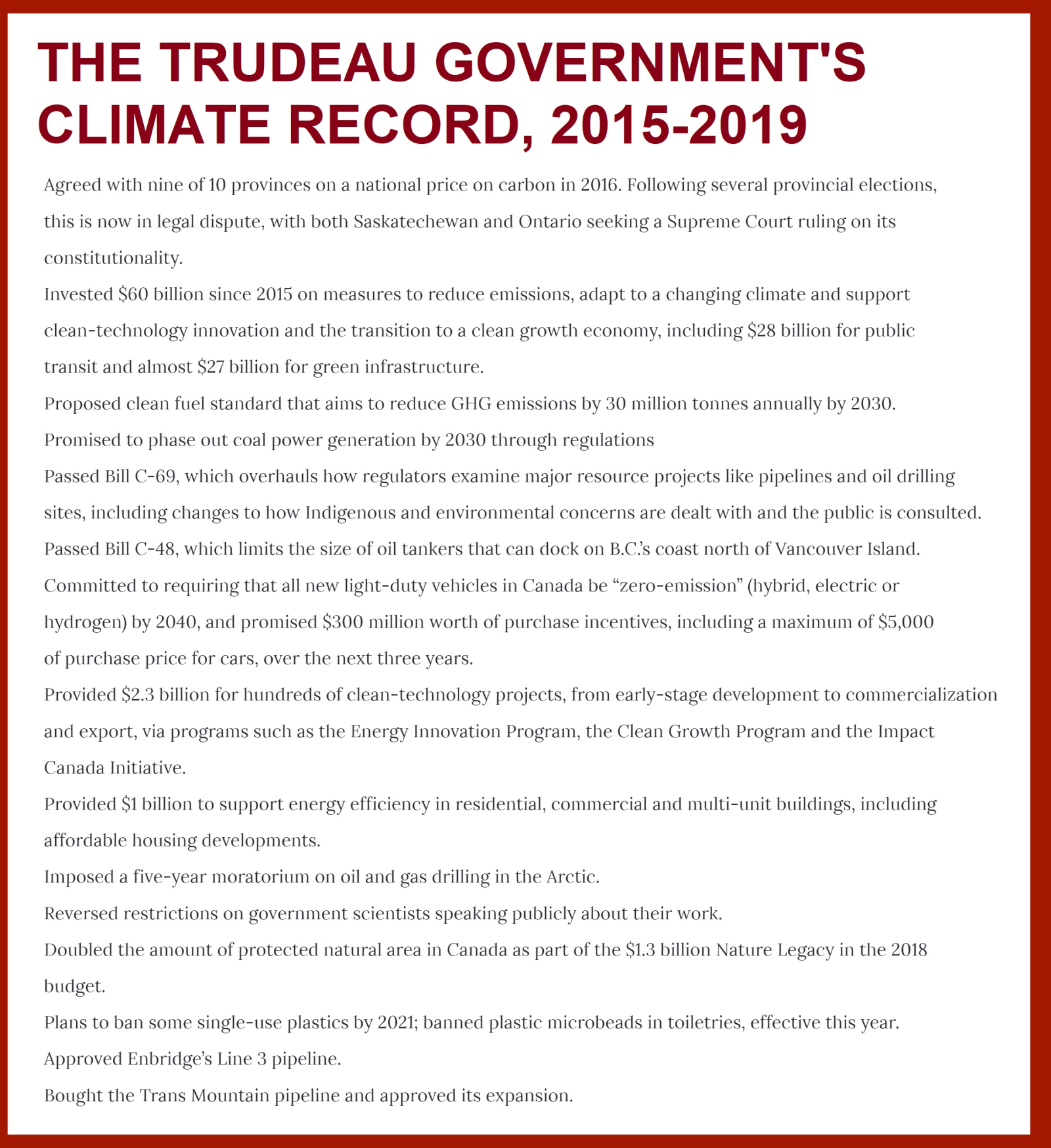Accumulation of toxic chemicals inhaled, ingested and absorbed through skin every day is called “body burden.”Follow these simple ABCs to unburden yourself, your family and your home.
 Even extremely low levels of toxins can impact brain development in children. Photo: Paul Hanaoka via Upsplash
Even extremely low levels of toxins can impact brain development in children. Photo: Paul Hanaoka via Upsplash
A is for air fresheners
- Some manufactured deodorizers mask odour problems, worsen air quality and can be painful, debilitating and isolating for people with environmental sensitivities. Open a window or turn on a fan!
B is for BPA
- Bisphenol A is an endocrine disruptor found in plastic baby bottles, food storage containers and water bottles, receipts and more. Choose glass or stainless steel.
C is for couch, carpets and curtains
- These items — and your TV, furniture and electronics — shed toxics every day. Solution: dust!
D is for Dirty Dozen
- Check shampoo, toothpaste, deodorant and bubble bath labels for these 12 ingredients to avoid.
E is for earth
- That’s diatomaceous earth (made from crushed fossilized algae)! It’s an eco-friendlier way to control ants.
F is for formaldehyde
- Formaldehyde is used in clothing and textiles to prevent wrinkles and mildew during shipping. It also increases colour fastness and stain resistance. Wash new clothes BEFORE wearing and avoid “no-iron” shirts.
H is for hair dye
- Some contain ammonia, petrochemicals, sulfates, phthalates and P-phenylenediamine, which can cause cancer and may be contaminated with brain-toxic heavy metals. Choose safer products or don’t dye at all.
I is for indoor air quality
- Houseplants can improve indoor air quality! Spider plants and peace lilies are easy to care for.
J is for jojoba oil
- Make lip balm with jojoba oil to avoid petrolatum, a petrochemical sometimes contaminated with cancer-causing polycyclic aromatic hydrocarbons.
K is for killing germs
- Disinfect with hydrogen peroxide. Unlike chlorine bleach, it breaks down into oxygen and water and is kind to the environment.
L is for liquid dish soap
- Add a handful of soap nuts (they’re actually a fruit!) to a jar of water. Shake and use the sudsy solution to clean dishes and more.
M is for mosquitoes
- Avoid DEET — a registered pesticide. Instead, make yourself and your home unattractive to mosquitoes.
 N is for non-stick
N is for non-stickCook with cast iron to avoid toxic chemicals like PFOA and PTFE that coat many non-stick frying pans and bakeware.
O is for off-gassing
- Choose an eco-friendlier mattress. Avoid VOCs, fire retardants and stain-resistant finishes.
P is for “parfum”
- Even “unscented” products may contain ingredients to mask odours from other chemicals. Read labels carefully. Avoid “fragrance” or “parfum,” which can trigger allergies and asthma.
Q is for quats
- Found in bathroom cleaners and fabric softeners, quaternary ammonium compounds can induce an allergic response, don’t readily degrade in the environment and are toxic to fish. Choose products that disclose a full list of plant-based ingredients.
R is for responsible
- Some household products are hazardous waste. Look for the symbols indicating corrosive, explosive, flammable or poison and properly dispose of all HHW — aerosol cans, batteries, old paint, etc. to keep them out of the landfill.
S is for sunscreen
- Ingredients found in chemical sunscreens — parabens, oxybenzone, benzophenone and camphor derivatives — are killing coral reefs around the world and posing risks to human health. Choose safer options.
T is for triclosan
- It’s an anti-bacterial agent which may interfere with hormone function, contribute to antibiotic-resistant bacteria AND harm fish and other wildlife. Make your own toothpaste or use castile soap to make cleaning products!
 U is for unclog
U is for unclogAvoid drain cleaners with highly corrosive ingredients that can burn eyes, skin and lungs. Prevent clogs or unclog with baking soda, water and vinegar.
V is for vinegar
- Use white vinegar to deodorize, cut grease and disinfect against household bacteria like salmonella, E. coli and other “gram-negative” bacteria!
W is for wet cleaning
- This professional cleaning uses environmentally-friendly, 100 per cent biodegradable soaps and conditioners to remove tough stains and treat “dry clean only” items without harmful solvents.
X is for xeriscaping
- Use up to 50 per cent less water by landscaping with native plants better adapted to your area. You won’t need pesticides!
Y is for yuck!
- Find safer ways to kill bed bugs without using toxic pesticides.
Z is for zzzs
- Rest easy with pillows made from natural rubber (renewable and biodegradable), kapok (flower seeds) or organic cotton and organic wool.







 Join us on Tuesday, September 10th to be part of this conversation — or sign up to receive the recording.
Join us on Tuesday, September 10th to be part of this conversation — or sign up to receive the recording.


